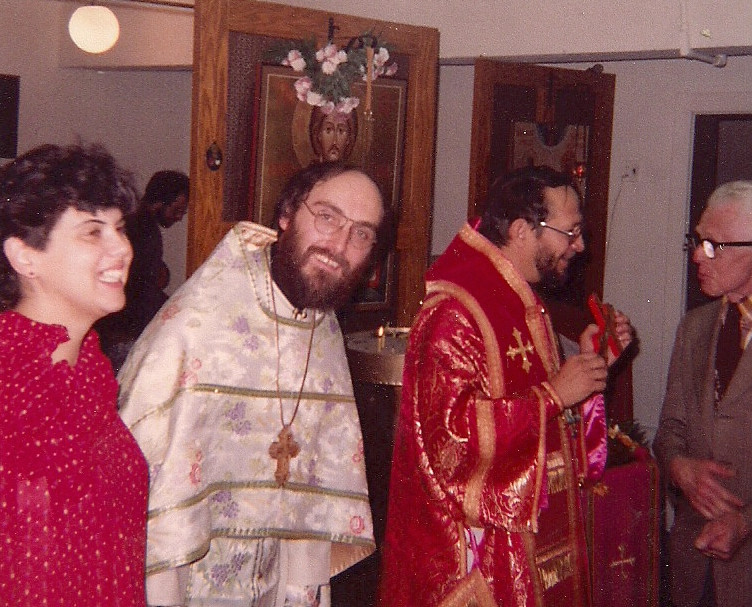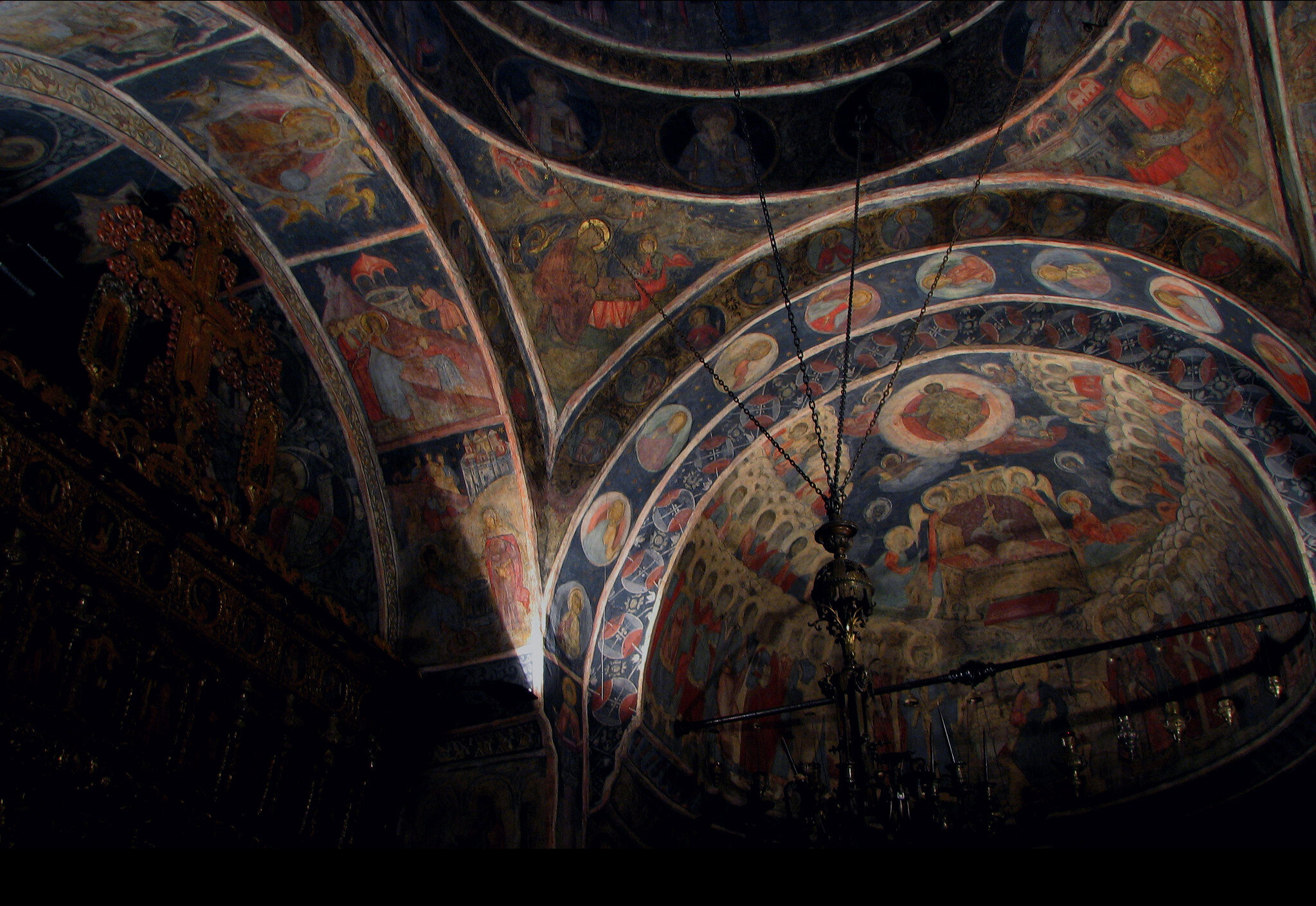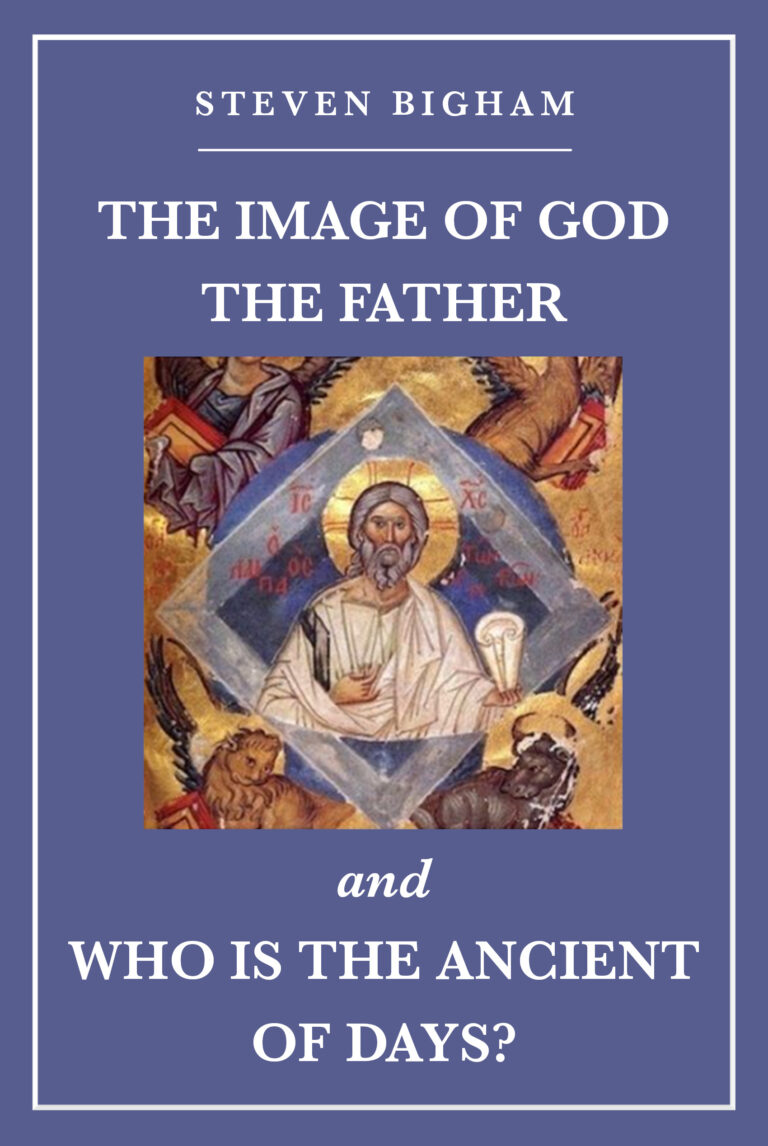
The Story of a Tired Ecumenist
This article tells my ecumenical story starting as an enthusiastic Protestant and moving on to a disappointed Orthodox. It also sets out my undertanding of the role of the Orthodox Church in the Ecumenical Movement.


This article tells my ecumenical story starting as an enthusiastic Protestant and moving on to a disappointed Orthodox. It also sets out my undertanding of the role of the Orthodox Church in the Ecumenical Movement.
How is death, dying people and the dead shown in Orthodox icons? Icons show people and events, not in the light of this world, but in the Light of the Kingdom of God. The phenomenon of human death takes on a different look when seen in the eschatological Light of the Heavenly Jerusalem.
Orthodox Christians routinely have their icons blessed by a priest or bishop. Bishops often anoint them with Holy Chrism. There are even special services for blessing different kinds of icons: of Christ, of the Mother of God, of feasts, etc. Most people would never imagine putting an unblessed icon in their houses; it would be a kind of sacrilege, but once the icon is blessed—whatever its subject, taste, canonicity, etc.—many think that what was a simple picture before the blessing becomes an icon after, because of the blessing. It becomes at least a “better” icon. Being only a “profane” image before, it becomes “holy” after, because it has been blessed. Very few Orthodox would question this practice which they feel is legitimate, traditional, and totally in agreement with Church Tradition. I hope to show that despite the widespread habit of blessing icons, this practice is not in agreement with Church Tradition, and that it is in fact contrary to it and based on a theology of icons that is foreign to Orthodoxy.

The first part of this book is a revision of one of a similar name: The Image of God the Father in Orthodox Theology and Iconology; new colored images have been added to this edition. The second half deals with the identity of the mysterious figure, the Ancient of Days, who appears in the prophet Daniel’s vision as told in Dn 7:9-22. Who is he?

What is the role of eyes in icons? Do they have theological significance or just a matter of style and piety? This study wants to show that, like in human relationships, the eyes in icons allows us to enter into communion with the person represented. If the look is not one-to-one, eye-to-eye, the communion is greatly diminished.

Cette étude examine les yeux dans une icône. Regardent-ils directement dans les yeux de ceux qui la regardent ? Est-ce une question d'esthétique, de style, de piété...sans importance théologique ? Ou est-ce plutôt une question qui touche la nature même de l'icône ? L'auteur présente des arguments en faveur de la seconde interprétation.
Cette vidéo, Nicée II 2, et la précédente, Nicée II 1, présentent les arguments et les réponses des iconoclastes et des iconodules pendant la crise de l'iconoclasme byzantin. En paroles et images, les deux diaporamas expliquent 4 A & R dans la première et 4 autres dans la seconde.